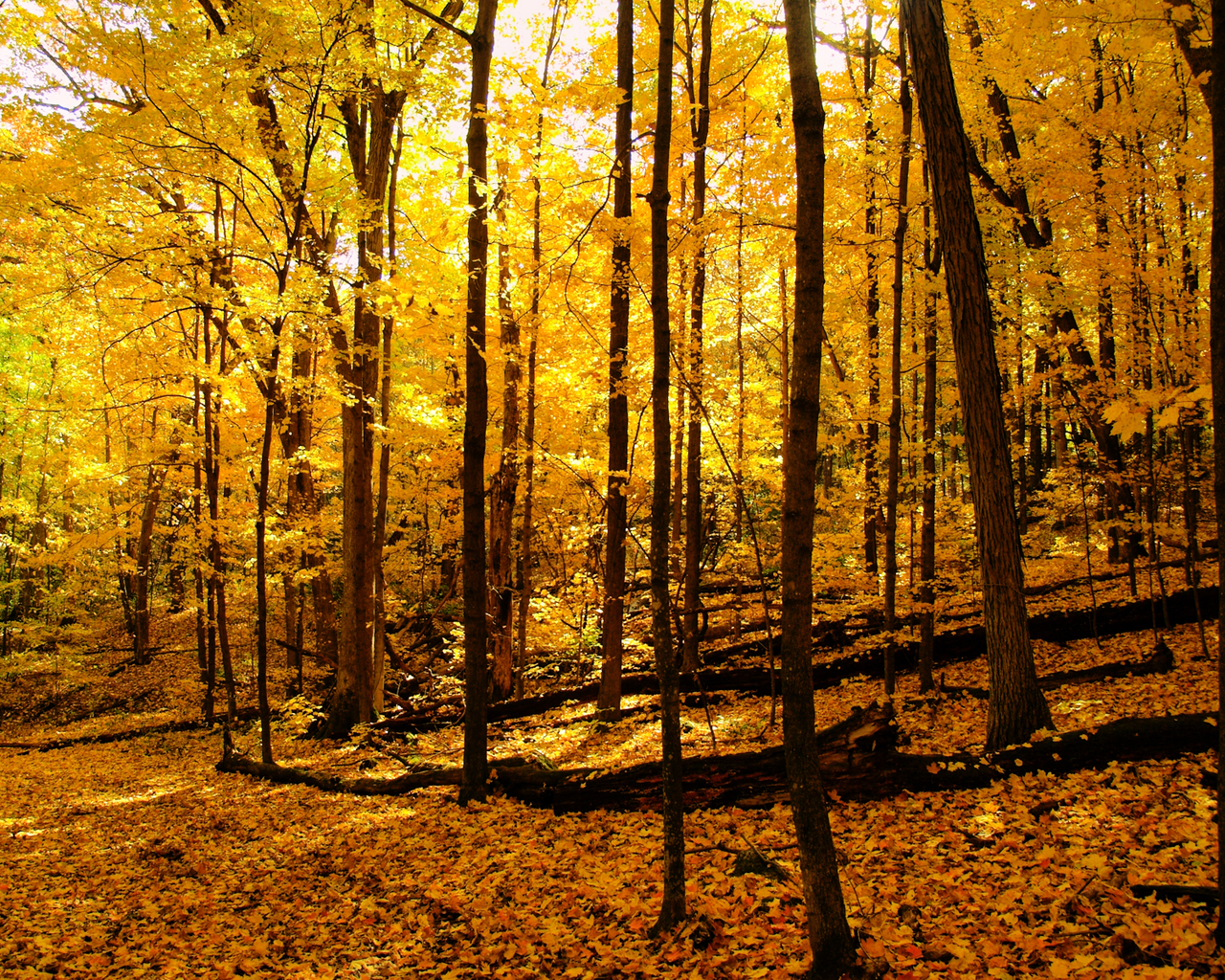What are some of the best things to forage in Autumn? Well, there’s lots to choose from, with berries, nuts and fungi of all types in abundance. The best things for a beginner are probably things that can be found, identified and prepared simply and easily. Delicious mushrooms can be found in some places easily. But if, like me, you don’t know where to look or how to identify them with ease, you can waste time and energy. We’ve been looking about on Amazon for books and found this Edible Mushroom guide. However, there could be things that are easier to collect and more common in your area.

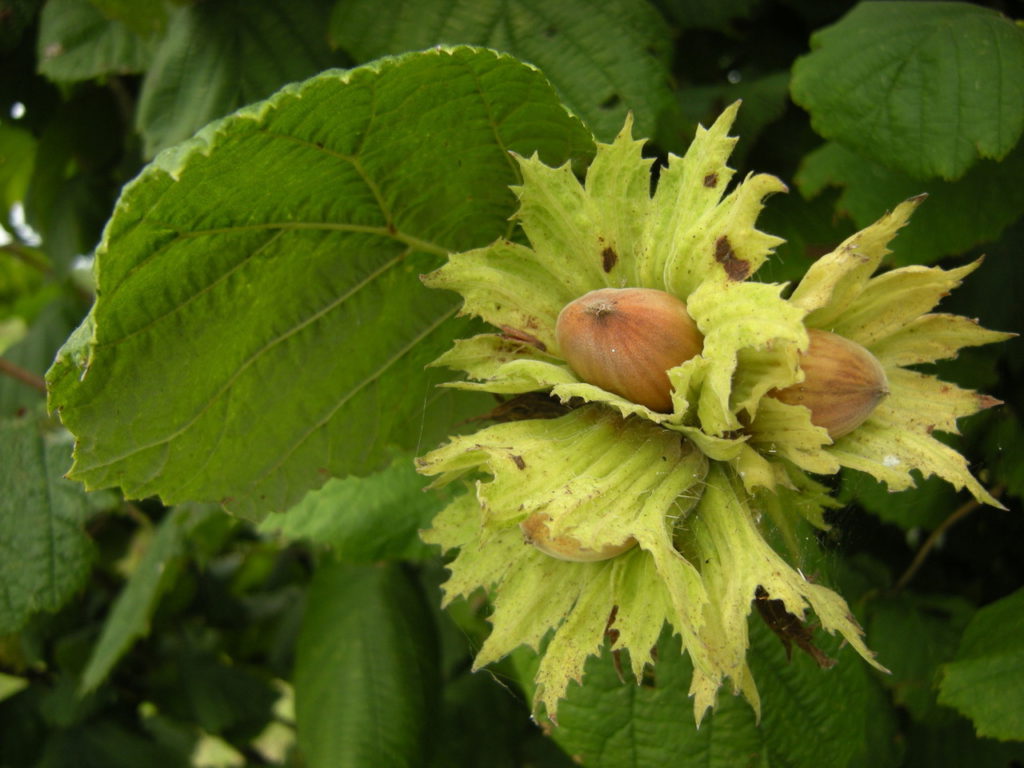
Most UK paces have a good number of species of Hazel which produce nuts. You’ll have to race the squirrels for them or all you will find are the shells. Look for them in boundary hedging, in deciduous woodlands. Once you get used to seeing Hazel, check under the branches for the nuts. At first glance a bush may look bare, but if you lift the branches you will often see that they’re laden. The nuts grow under the leaves. You can eat them when the shells are still green, if they have a developed nut inside, these are really tasty, and sold as ‘cobnuts’ in the UK. You can also dry the nuts in a dry dark place.
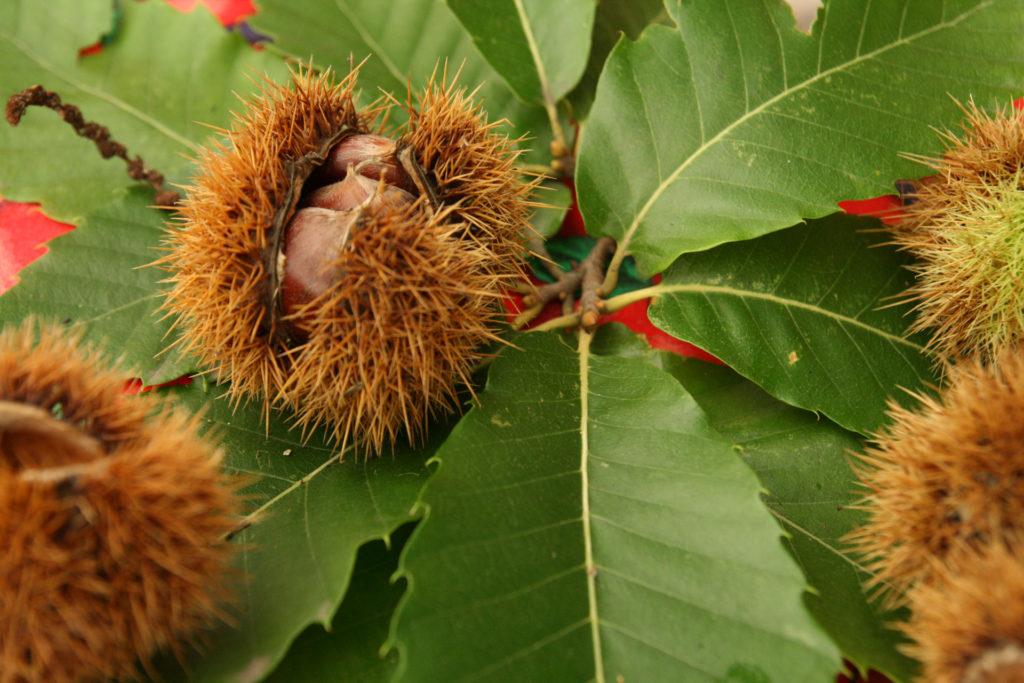
Chestnut are a favourite edible food at this time of year. The trees are large and have very distinctive waxy green, highly serrated leaves, and spiky nut casings. Look for large established trees, which will drop their nuts around October. They can be scored, blanched and peeled, to be frozen or used fresh in cakes, and stuffing. That’s the Christmas bird filling sorted!
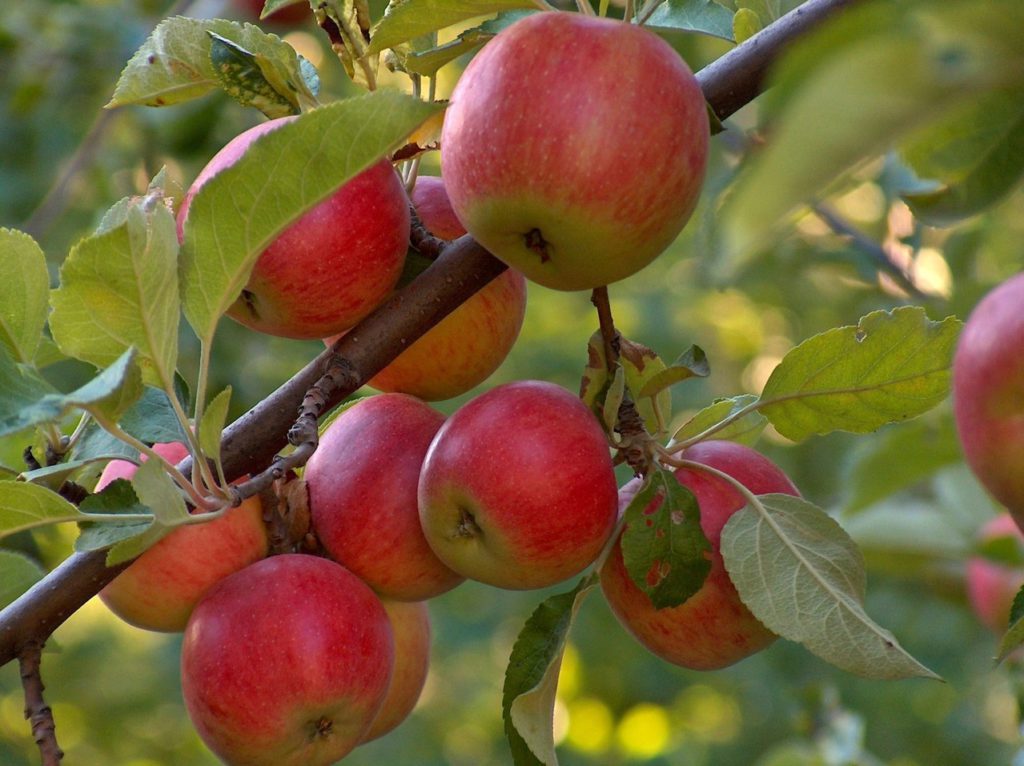
Between late August and October, the apple trees are groaning. Once you start looking on your local walk you will start to notice there are apple trees everywhere! I often see good eating apple trees at the sides of roads and on many trail ways. Things to note when trying a foraged apple are if it tastes a bit sour and is quite large it’s probably a cooking apple, so save these for pies. If it’s tasty and palatable, it’s an eater, and if it’s small, sour and astringent, puckering your mouth it’s most likely a crab apple. These are ideal for an accompaniment to a roast pork. Just turn that yummy tart crab apple into a jelly!
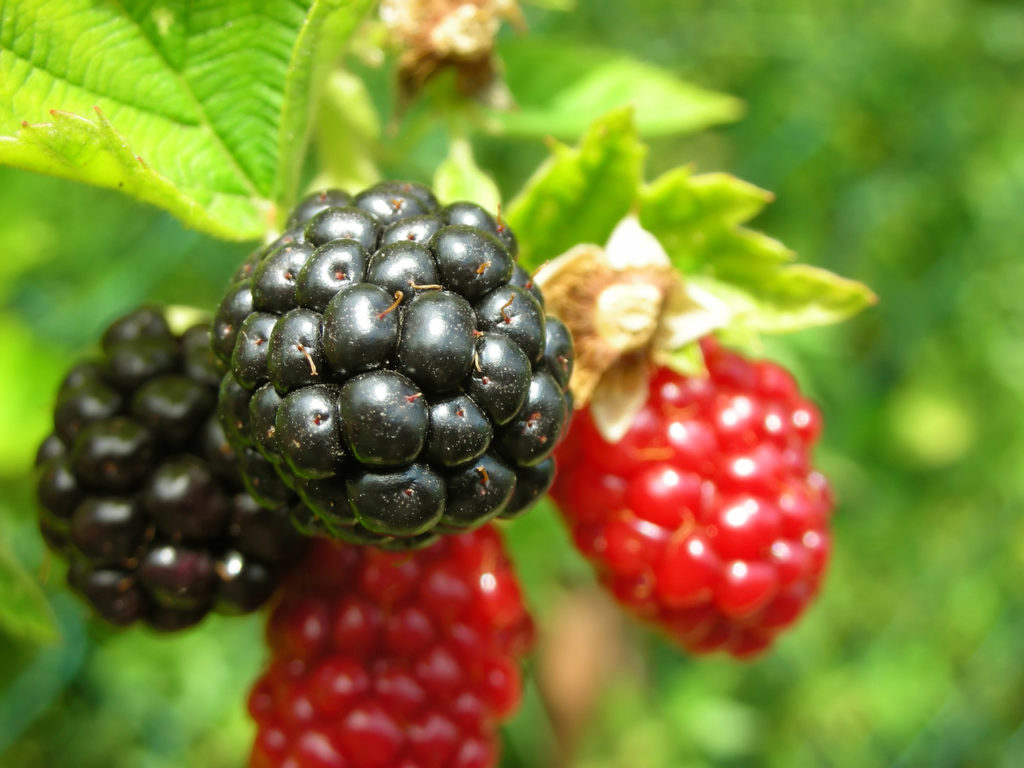
The blackberry – what could be more synonymous with autumn than these plump berries? Even the most inexperienced forager has probably had a go at picking these before. Avoid picking anywhere where they may have been sprayed with pesticides, or next to very busy roads. To check ripeness, they should be very black. Take the berry gently between thumb and index finger and if the berry pops off easily, it should ripe, if not, leave it be. Berries go bad if not used the same day, so if you want to keep these, they must be processed into jams, made into a pie (with the apples you have found) or simply frozen for future use. www.bbcgoodfood.com has a great Blackberry & Apple Pie recipe to use what you have collected!
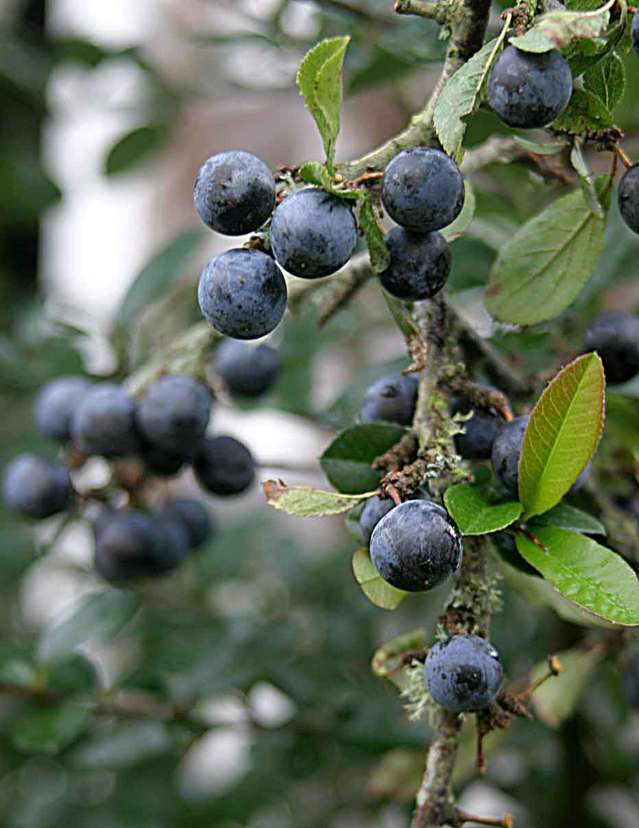
The Sloe is the fruit of the Blackthorn bush. The fruits are very astringent, and not good to eat raw. However, their virtues are best realised in their use in making Sloe Gin. This is made simply by adding sloes, which need pricking, to cheap gin (you can also use vodka) then add a small amount of sugar. Leave for at least 3 months (however, we have some we made well over 2 years ago and it’s still good). Shake the jar occasionally and then decanted and strain through a muslin cloth to make the final sweet liquor! Start this at the beginning of Autumn and you’ve got homemade Christmas presents!
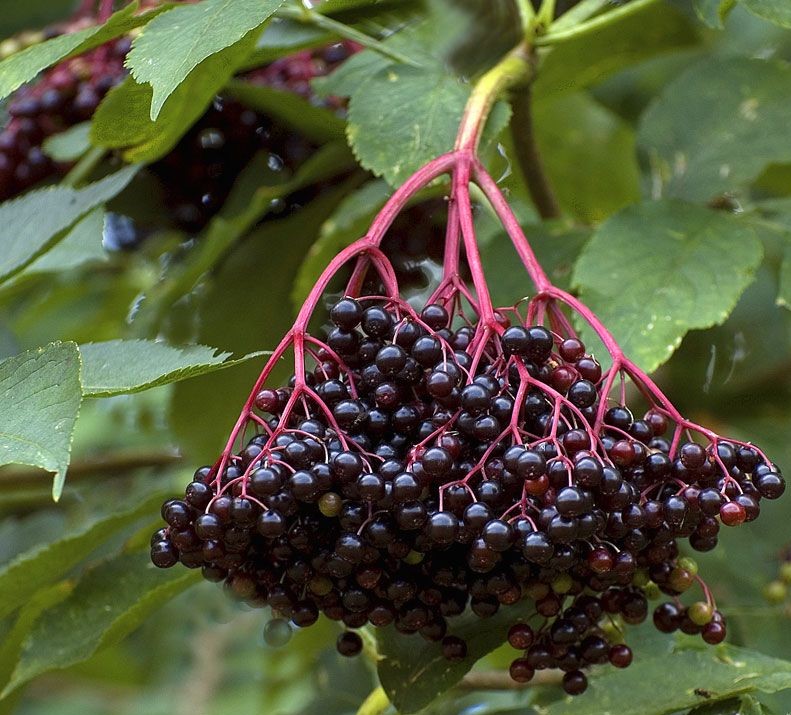
Elderberries are one of the quintessential sights of the season, with the dark purple almost black clusters of berries drooping under their own weight being a welcome sight for foragers. Look for a medium sized tree or shrub with distinctive rough bark. Elderberries are packed with vitamins and antioxidants. You can make cordials, vinegar and sweet vinaigrette.

A word of caution: Don’t go around eating plants you are not familiar with. Do some research first to make sure you know what it is. There are loads of books (like Wild Food by Roger Phillips on Amazon) and courses you can go on to make this a fun and safe hobby for all the family!
This post contains some Amazon affiliate links in which Rumage may earn a small percentage from qualifying purchases but, at no extra cost to you. Thank-you for helping to support our blog!
